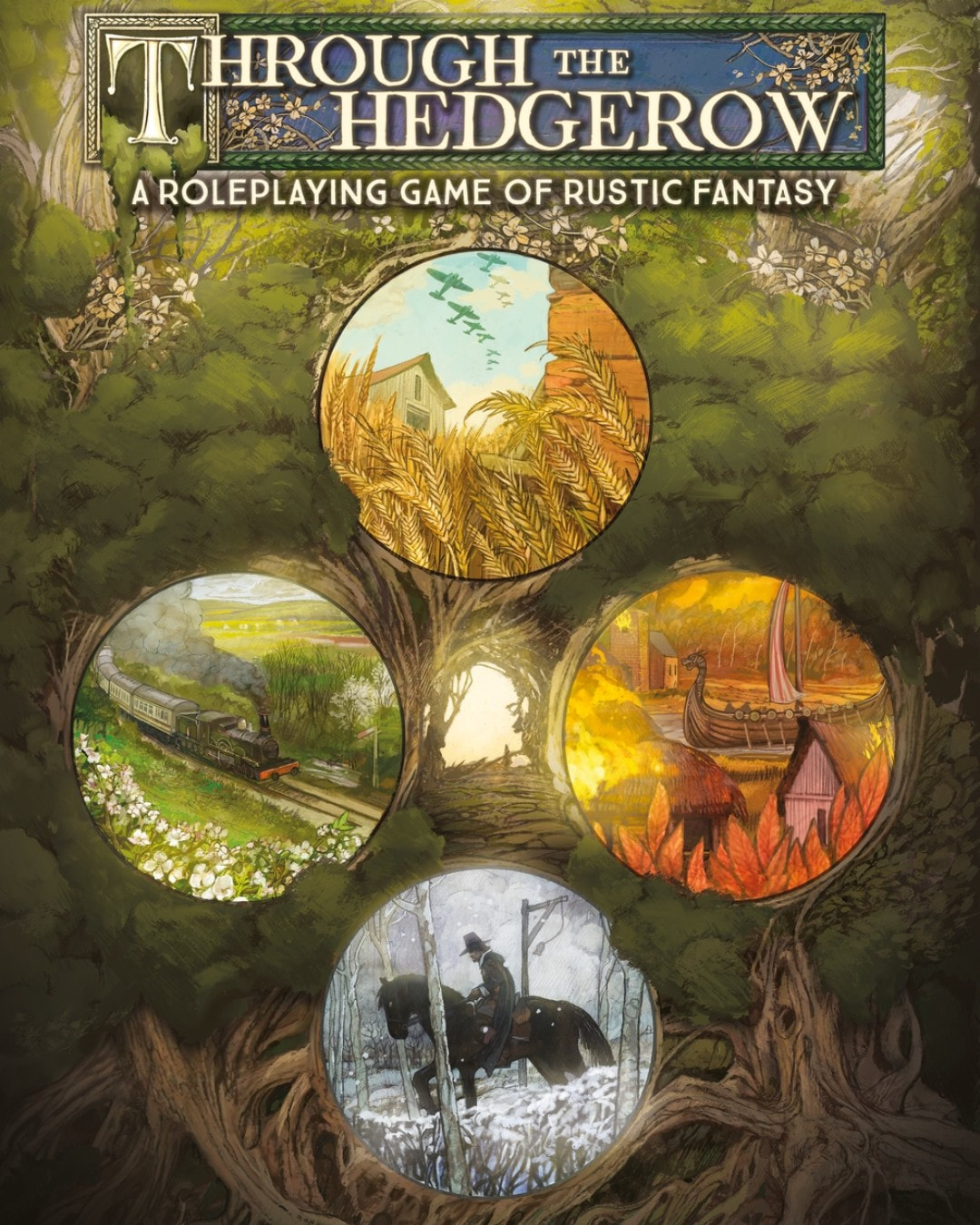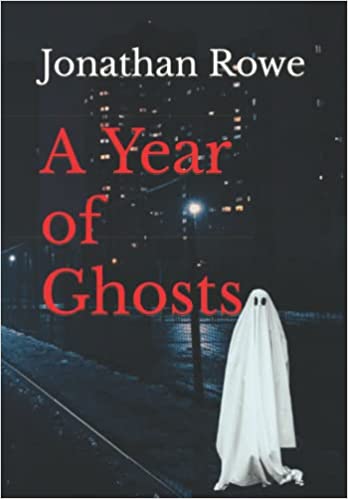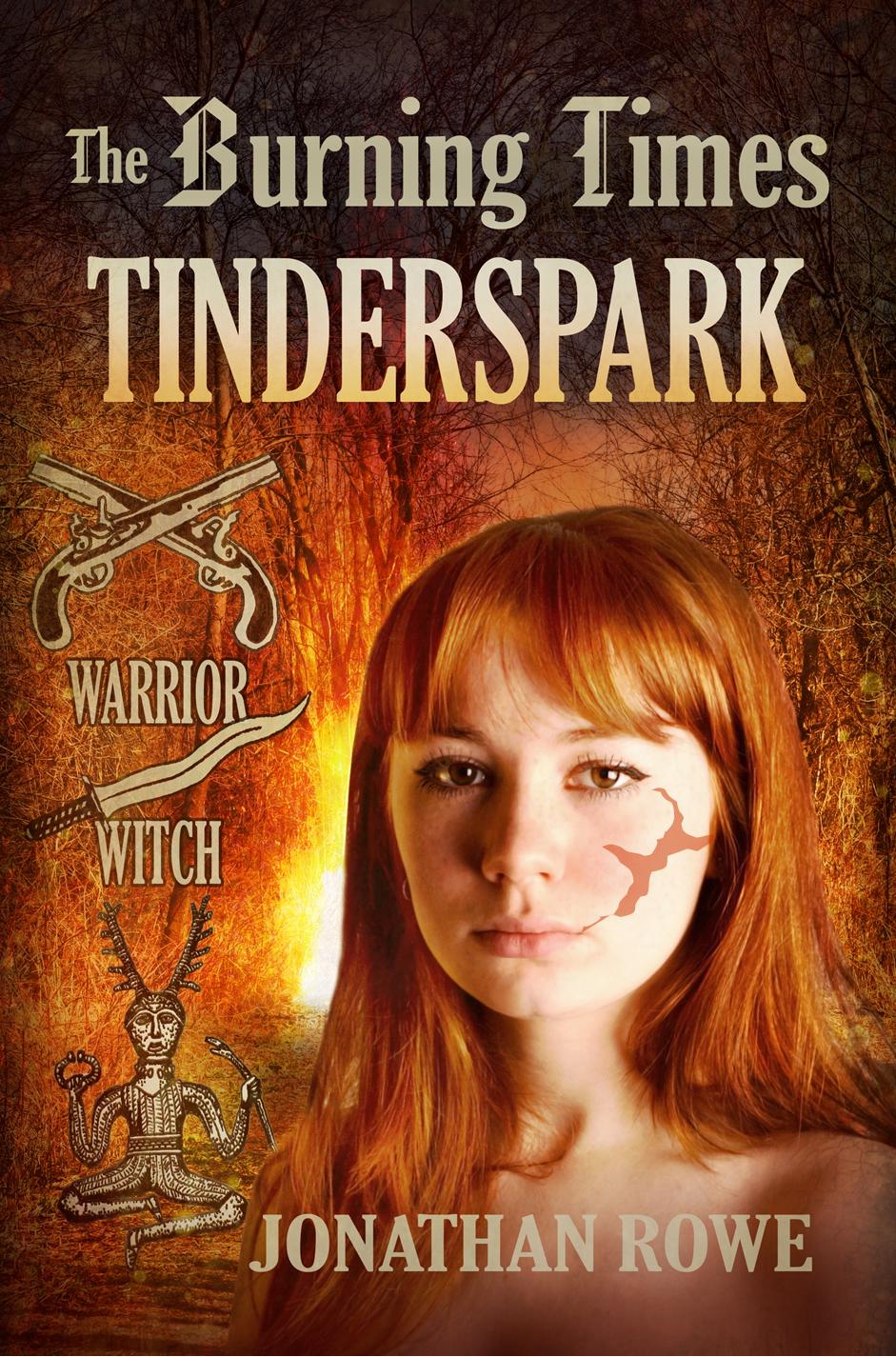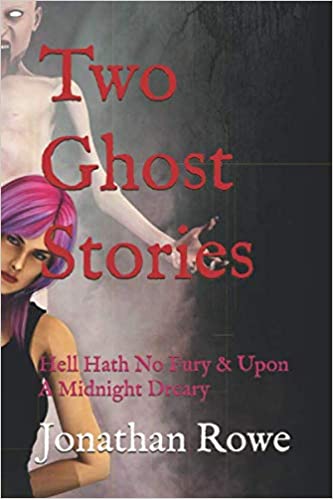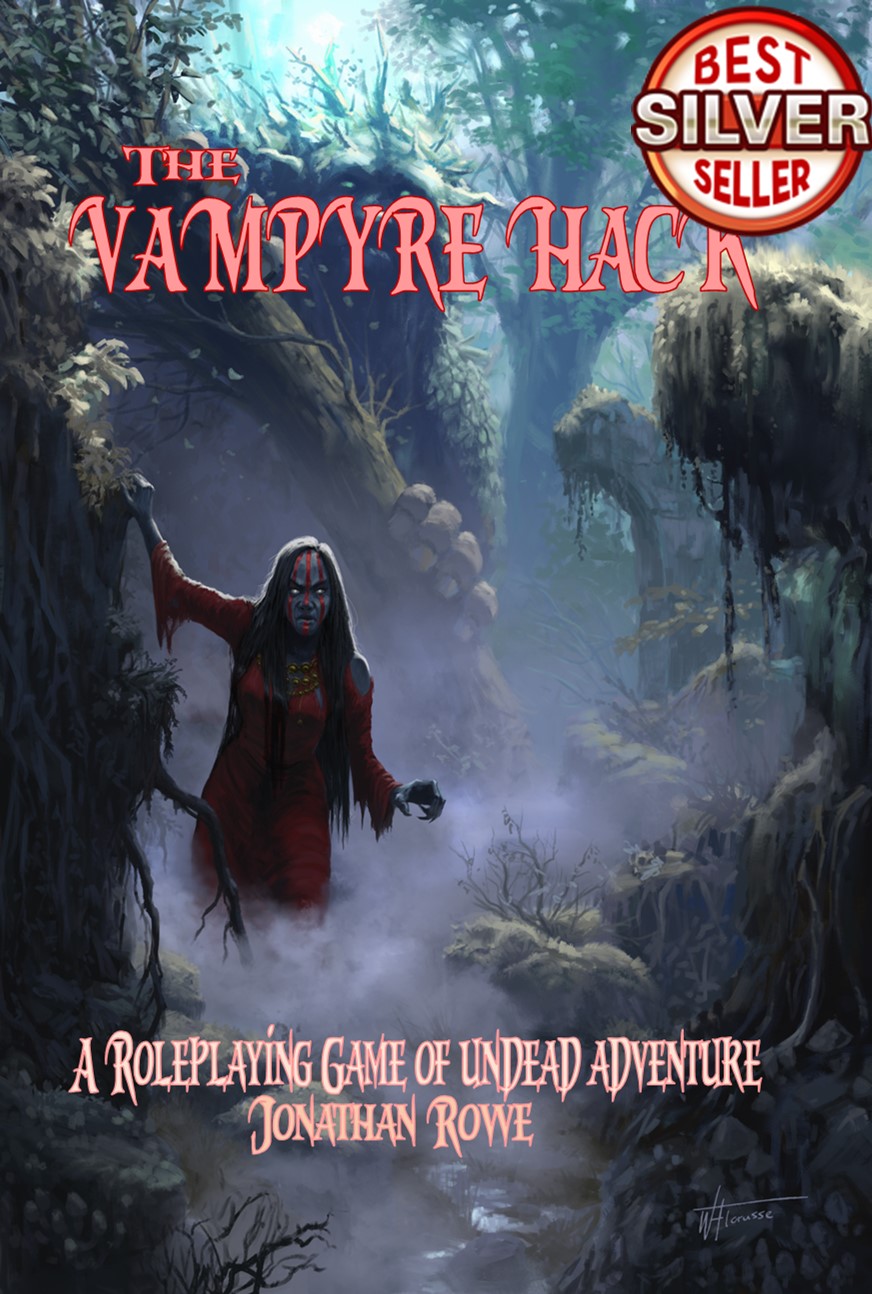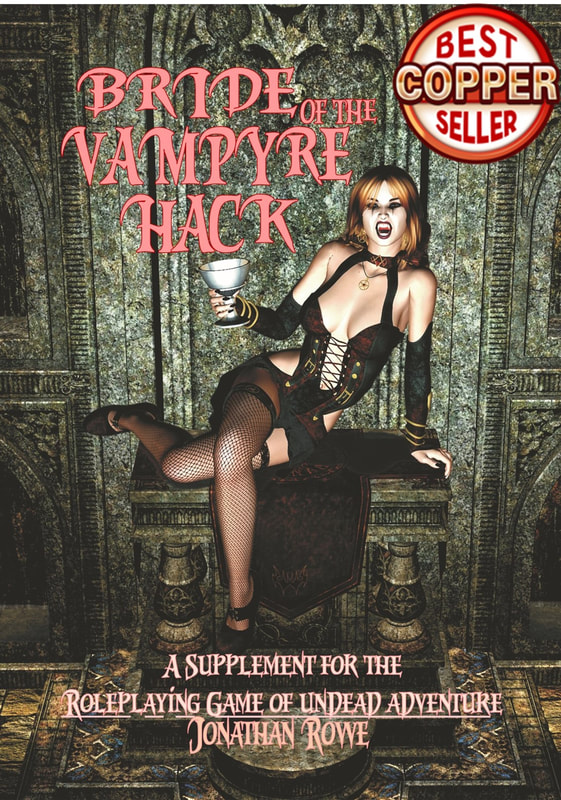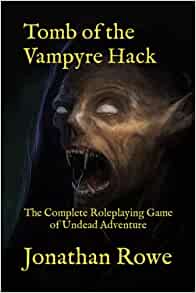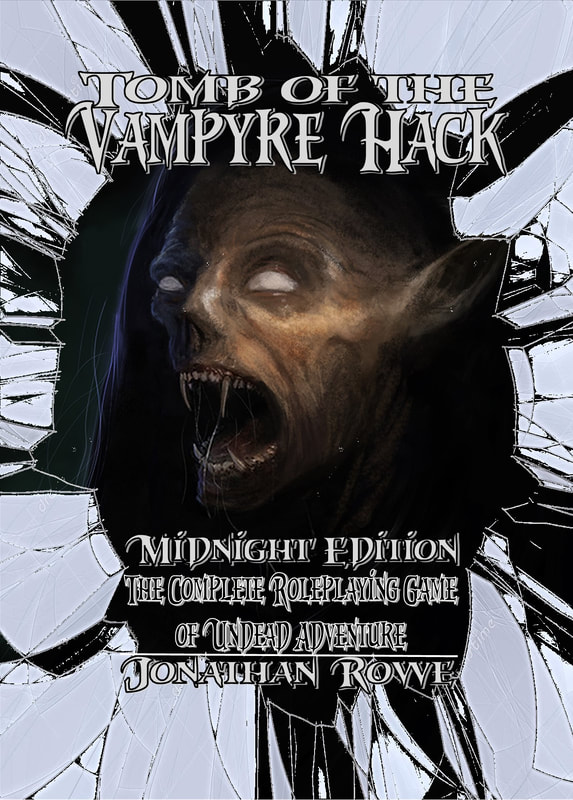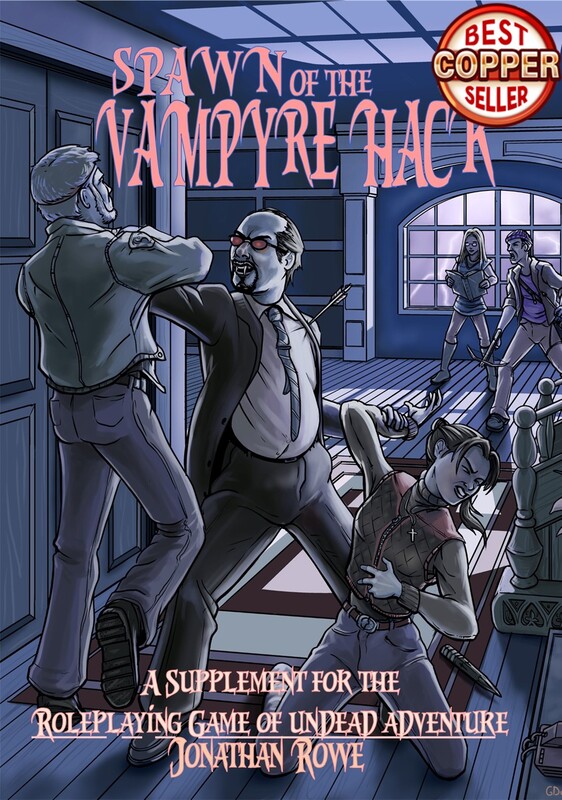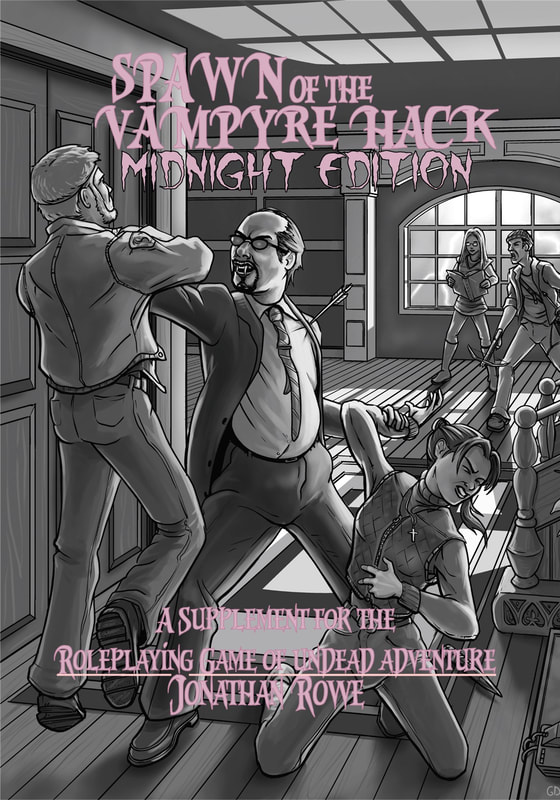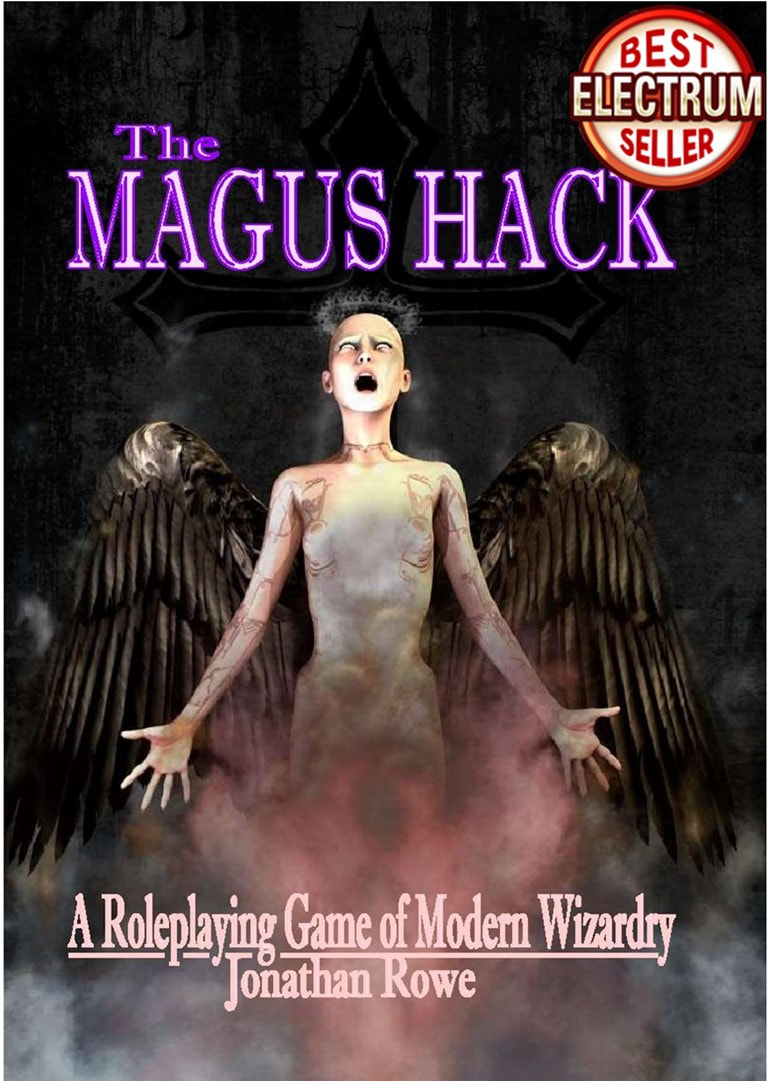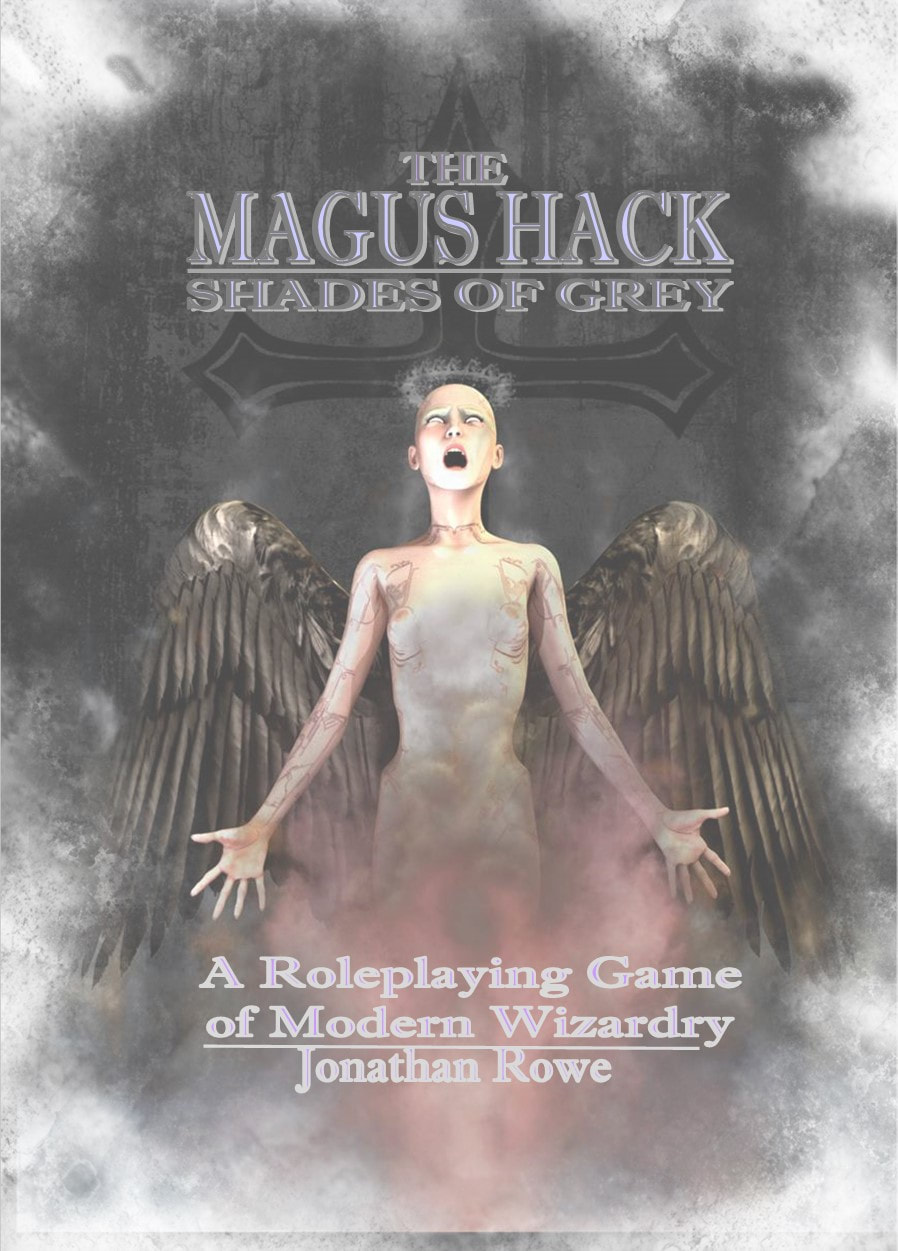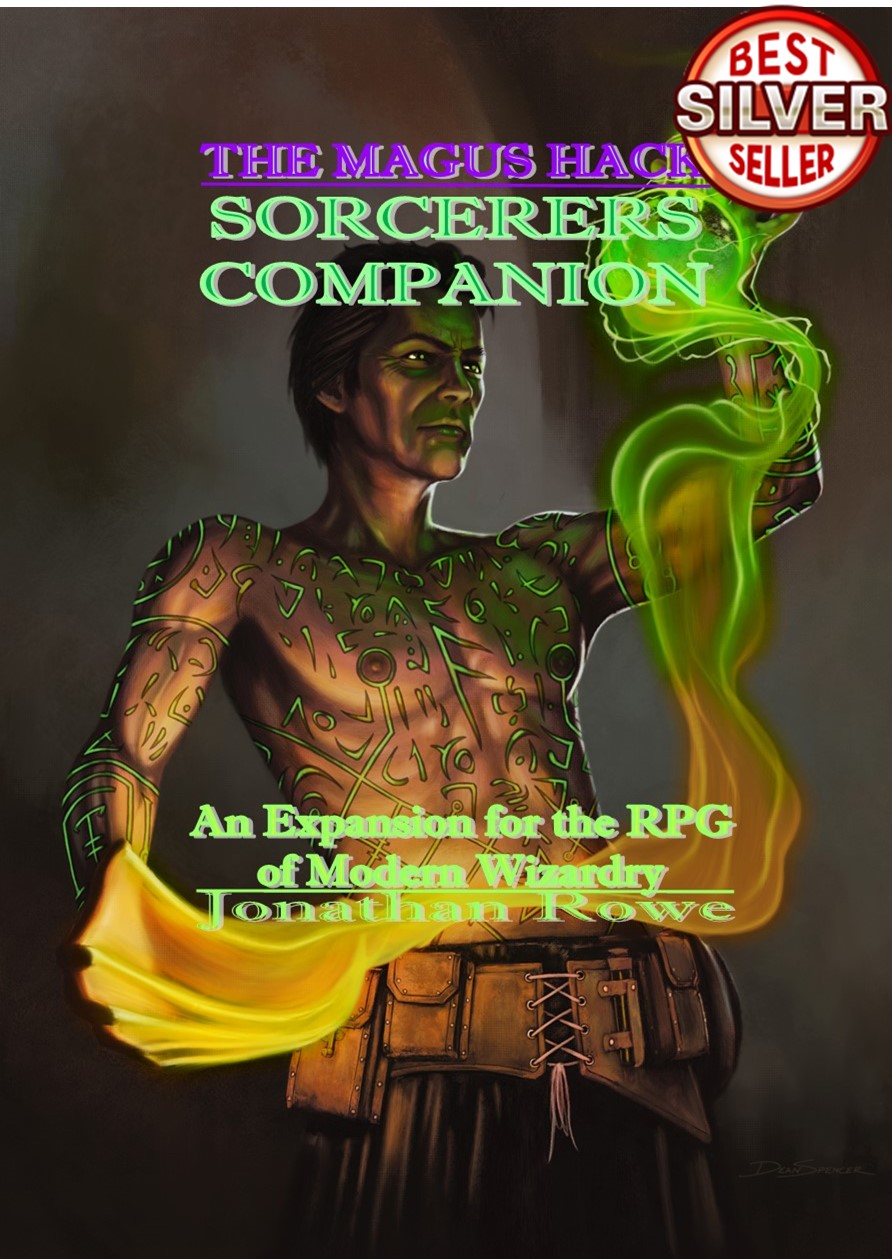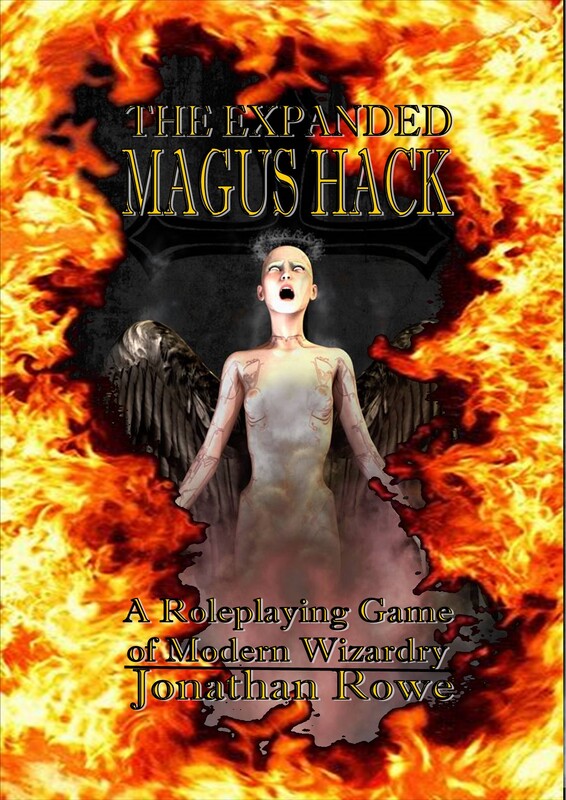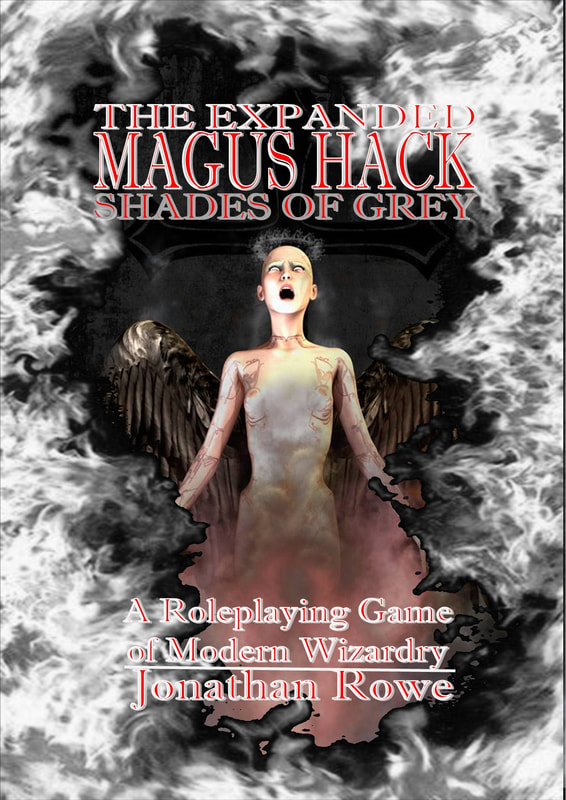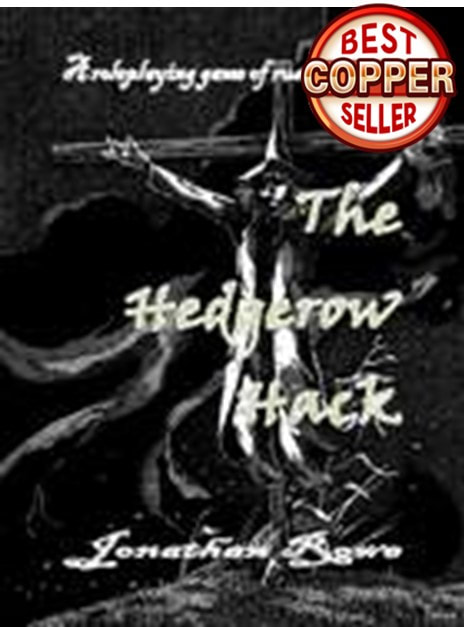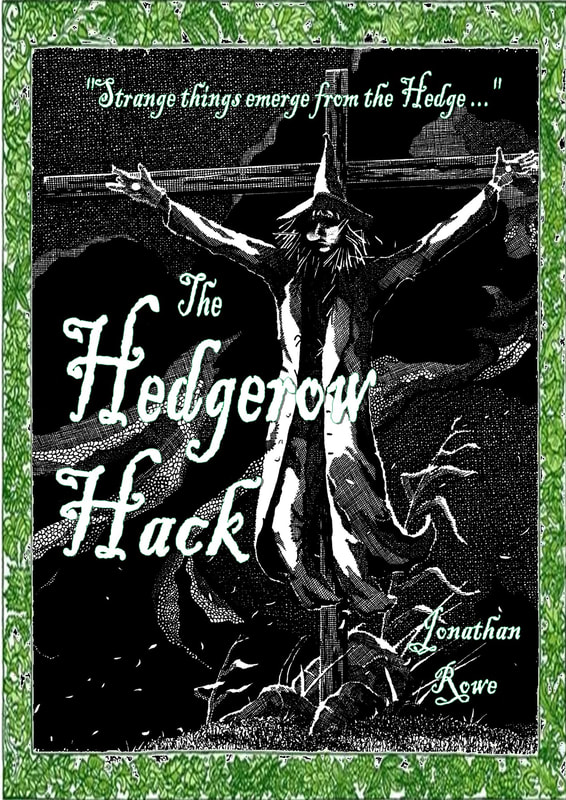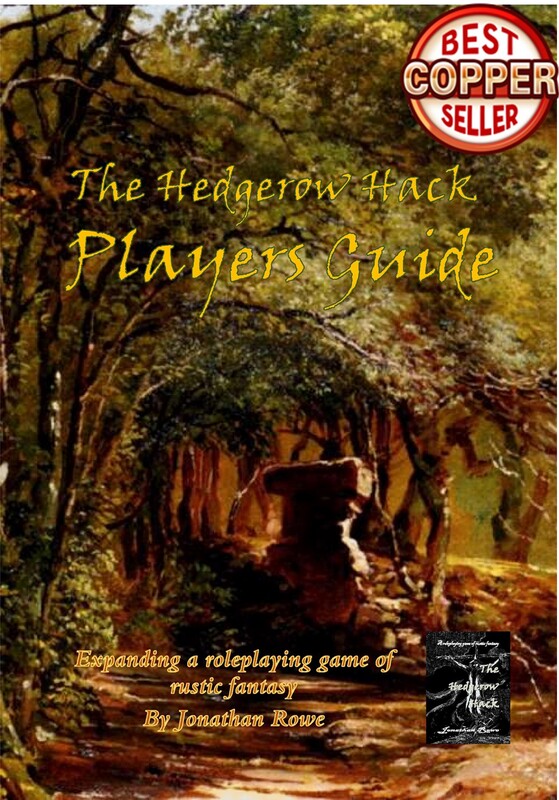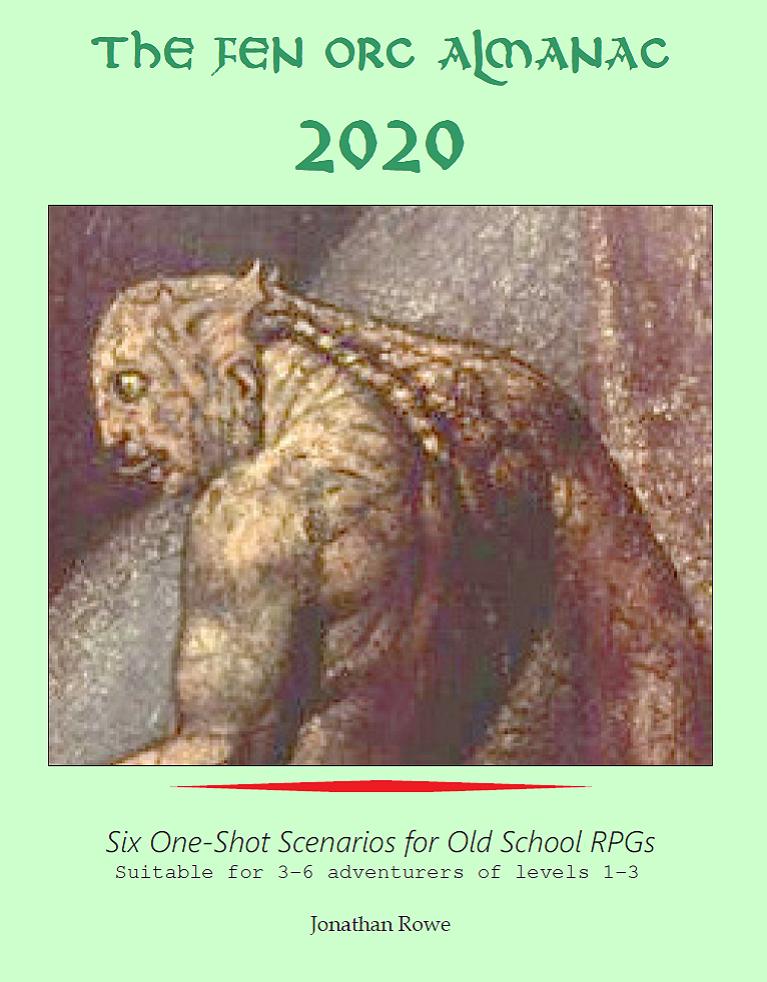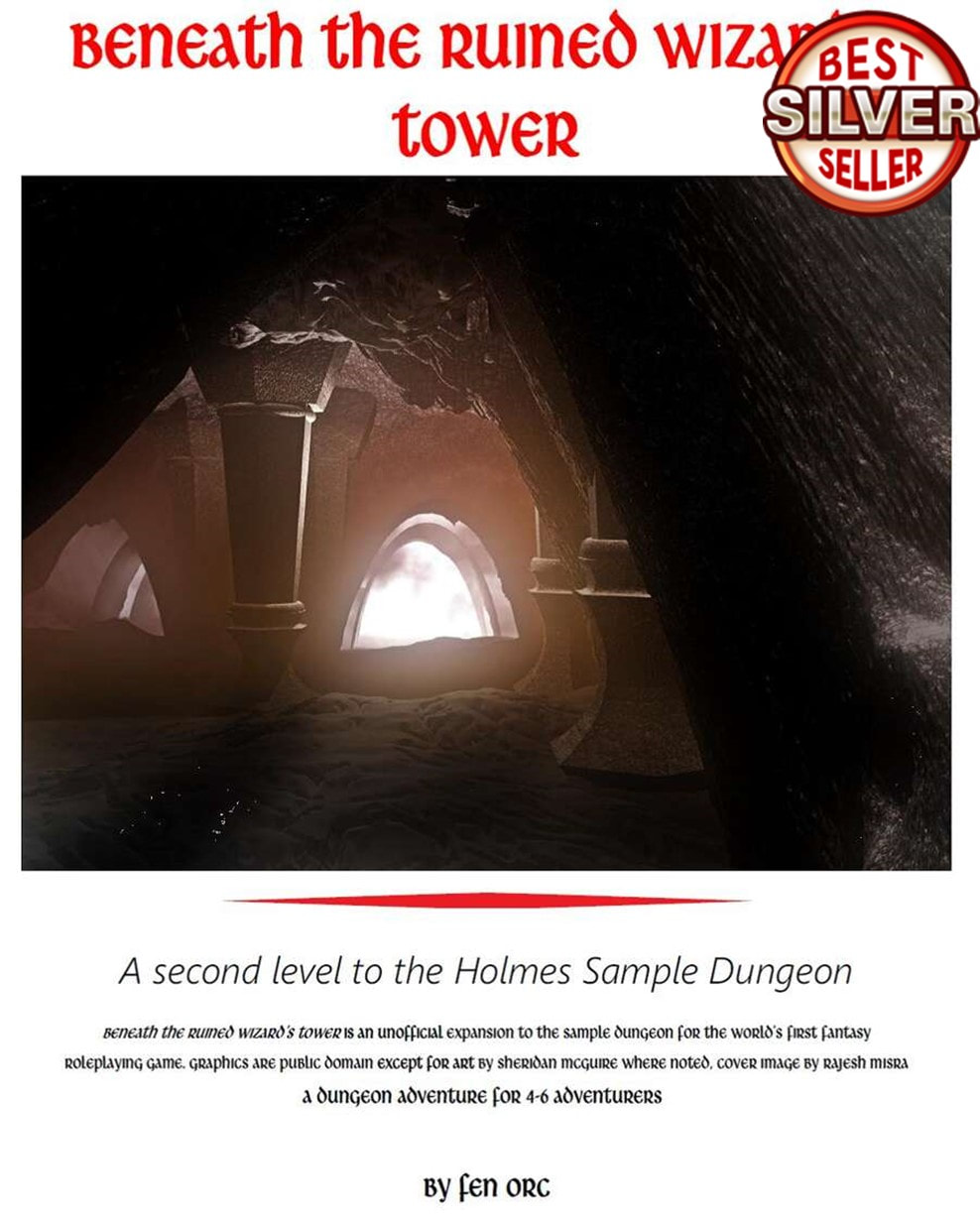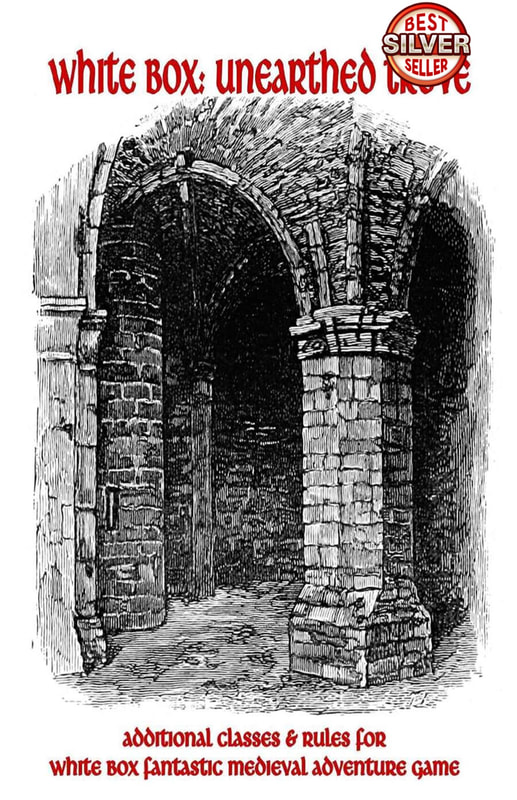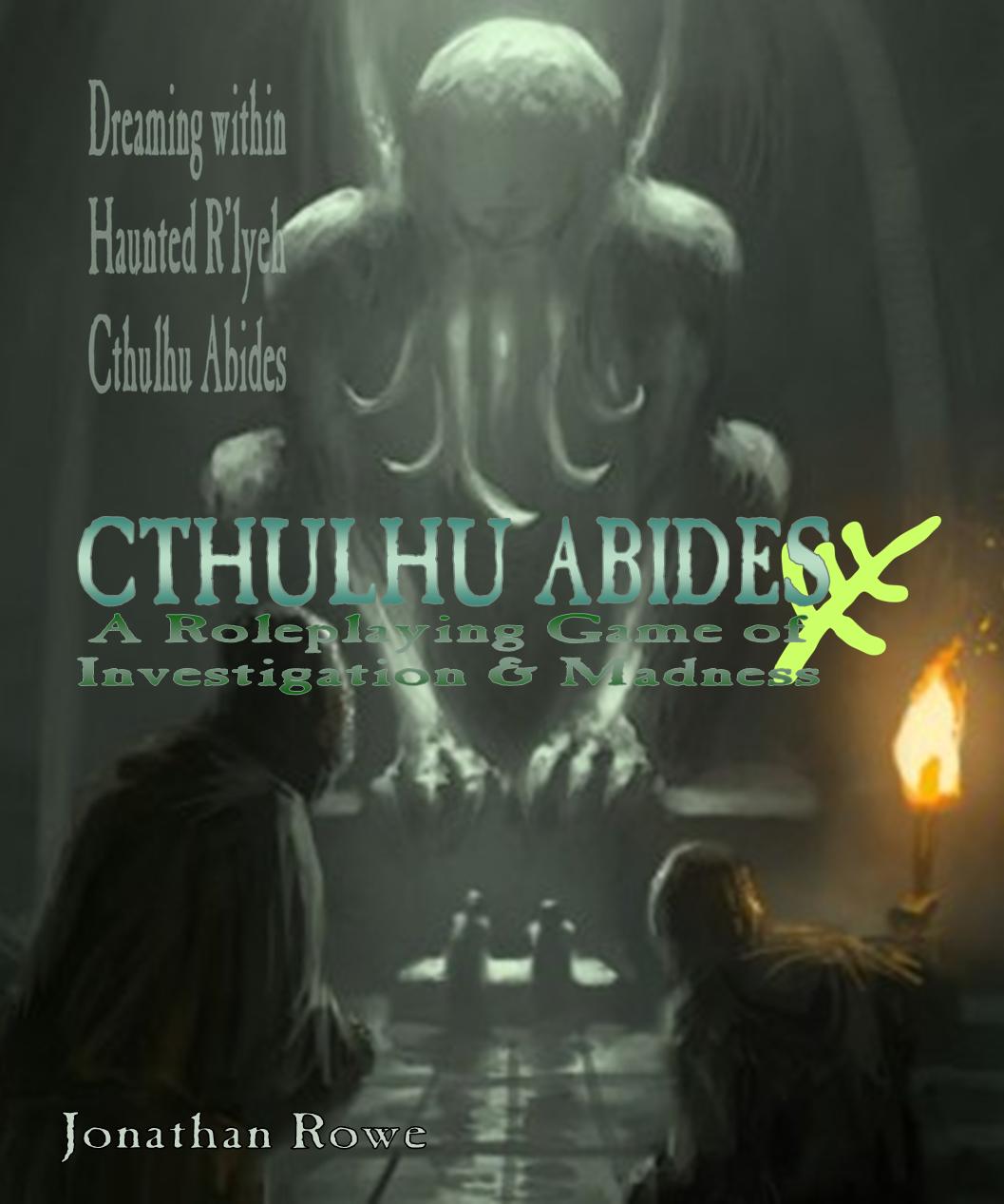|
Most of us who love old school versions of D&D – or retroclones, as these rewritten versions of early D&D rule sets are termed - end up collecting them, but only using their particular favourite, if they use them at all. I’m a bit unusual, I suspect, floating between White Box Fantastic Medieval Adventure Game, Blueholme, and Labyrinth Lord. But look out, there’s a new retroclone on the block: Greg Gillespie’s Dragonslayer. Dragonslayer has its origins in the OGL Crisis that engulfed the roleplaying hobby – or at least, the OSR end of it – in 2023. You may recall that Wizards, who publish D&D, leaked a plan to revise the ‘Open Gaming Licence’ under which countless indie publishers had been creating D&D-adjacent material for 20 years. Much ink was spilled on what the original OGL did or did not permit and much speculation ensued over what new terms Wizards would impose on indie publishers. Several of the larger publishers took fright and announced plans to release their own Fantasy RPG systems that were carefully (and legally) distinct from D&D, while being fully compatible with their own D&D-adjacent products. A new generation of retroclones was a-borning, to use Stan Lee’s deathless phrase. Early out of the traps is Dr Greg Gillespie, who has become a one-man industry creating highly-regarded megadungeons. I’m a big fan of his Barrowmaze dungeon and have sent parties of adventurers into it under several fantasy rules systems. Given his investment of time, creativity, and profitable Kickstarter campaigns, in the megadungeon business, Dr Gillespie was hardly going to hand over a chunk of his profits to Wizards for the right to publish stuff based on D&D. So here he is with his own bespoke old school RPG, Dragonslayer. Whisper it: it’s still D&D really! The premise behind these retroclones has not, as far as I know, been tested in any court of law, but it wins universal acclaim in the court of public opinion, and it is this: you cannot copyright rules, only the distinctive imaginative properties those rules govern, and there’s nothing distinctive about concepts like elves, fighters, and fireballs. Therefore, Dragonslayer is really just 1980s-style D&D with certain properties removed or renamed. No mind flayers, ‘Phase Panthers’ instead of Displacer Beasts, and ‘Bigby’ has been renamed ‘Koweewah’ in all those high level ‘Magic Hand’ spells. It's more than that, though. Rewriting D&D from the ground up is a fantastic opportunity to ‘correct’ its original game's skews and stumbles and impress your own ludic philosophy on things. Old School Essentials is admired for the clean and clear way in which it assembles the jumble of rules and tables that comprise the game. OSRIC brings the mad labyrinth of AD&D together in one easily-referenced tome. Blueholme takes Holmes’s Basic D&D and extends it from 3rd to 20th level of play. Click images to link to these products on drivethrurpg The ludic philosophy is where things get a bit controversial. There are simple enough decisions to make about whether you are ‘cloning’ original ‘white box’ D&D, early Basic D&D (in its three iterations), or Gygax’s AD&D in all its Baroque glory. But some of these decisions get a bit … political. Are we going to persist in referring to Elves as a ‘race’ and capping their advancement as fighters or magic-users? What about sex-based ability caps? Your design decisions on these things are used by unkind critics to infer your viewpoint on everything from trans rights to who should have won the Second World War. As we shall see… Get On With It!To Dragonslayer, then. A single book, running to 300 pages, with striking cover art by industry legend Jeff Easley and interior art that more than lives up to the high standard he sets. It’s a beautifully laid out book, with crisp and slightly retro fonts, and materials curated to fit into single page spreads where appropriate. But then, if you are familiar with Barrowmaze and other Gillespie products, you will expect no less. It’s not cheap but you can see where the money went. Appetisers: races and classesThe introduction sets out the ‘Six Tenets of Dragonslayer’ which amount to a familiar OSR manifesto: ordinary heroes, rulings not rules, the DM (sorry … Maze Controller!) is absolute sovereign. Roll a character using the ‘Classic Six’ attributes: roll 3d6 seven times and assign as you like. Abilities follow the Basic D&D gradations (13-15 grants a bonus, 16-17 a great bonus, 18 an amazing bonus, likewise penalties for scores below 9). First level characters start with maximum Hit Points. There’s Descending Armour Class and if you’re one of those people who never understood THACO, well, I have some bad news for you later. Now for Races – and it’s old fashioned Races, not lineages or heritages or (shudder) ‘species.’ I’m British, so the R-word doesn’t connote the Satanic tang for me that it seems to have for some Americans. There are half-races here too – Half-Elves and Half-Orcs. Yes, I’m familiar with all the arguments about this. I quite admire the way Blueholme Journeymanne comes out and says: your PC can be any type of creature you like, even Thri-Keen insect people! But part of the 'old school experience' for many players is adapting yourself to the very particular imaginative contours of the game as it was in the ‘70s and ‘80s. So Half-Elves are a thing, but Half-Dwarves are not. There are some missteps, such as the big, dumb, one-eyed Cyclopsmen. Surely 'Cyclopsfolk' you say? Nope, Cyclopsmen. Deal with it. If you want to start deconstructing the game for sinister sentiments, then you start here, because these creatures are former slaves with limited IQ. They’re an unhappy inclusion (and in terms of the culture wars, a bit of an unforced error) since they have no prototype in early versions of D&D – and Half-Orcs already fulfil the big’n’brutal role. I guess they were part of Greg Gillespie’s homebrew campaign and he included them out of gratitude for the fun they brought to his table. I wonder if this was wise, given the proclivities of some critics to sniff ideological taint in things like this. The races all get randomised starting ages, height/weight tables, ability modifiers, their own base movement rates, and suggested languages for high-Intelligence characters, as well as some roleplaying hints. Darkvision is here, rather than the classic infravision, which may or may not please you. There are quirks. Gnomes have an affinity with being illusionists, so their spells last +3 rounds. It’s a bonus that will rarely make much difference to anything. Elves, meanwhile, enjoy +1 to hit with the longbow. Elves have lost their immemorial perk of being fighter/magic-users who can wear armour and cast spells. Dragonslayer seems to be a bit hostile to the idea of multi-classed characters. The concept gets a brief paragraph on p39, amounting to ‘It’s up to the GM (sorry - 'Maze Controller') whether it’s even allowed, but if it is, you get stuck with the most punitive armour restrictions of the classes you are combining.’ I’m deeply loyal to the idea of Elves in armour casting spells. My first ever D&D character (for Holmes Basic, back in 1978) was an Elf called Tristan with a Sleep spell. It seems to me there are two interesting ways to house-rule Dragonslayer. Maybe let all Elves use longbows, regardless of their character class, rather than the bonus ‘to hit’ which pretty much only benefits Elven fighters. Alternatively, let Elven fighter/magic-users wear armour (maybe limited to chain mail) – and why not let the Gnomish thief/illusionists wear leather armour while you’re at it – instead of these piddly little bonuses. But that’s just my 1sp. The character classes are incredibly well set out and the innovations here are astute. Each class fits on its own splash page, with saving throws, spells, class-abilities, and starting funds, as well as a set of ‘fast packs’ to equip starting characters. Clerics with Wisdom 15 get an extra 1st and 2nd level spell – as do magic-users with Intelligence 15+. Magic-user starting spells are rolled from an offence, defence, and a utility, with Read Magic and Detect Magic as standard. Clerics can trade in any spell they’ve learned to cast Cure Light Wounds and magic-users/illusionists can do the same to cast Read/Detect Magic. Druids don’t get this very sensible bonus – but they do start with 2 spell slots at first level, so I suppose they’re OK. Fighters get a ‘cleave’ power that gets them extra attacks whenever they kill an enemy in combat – an innovation that certainly adds momentum to combat. Thief powers strike me as enhanced: Move Silently 33% and Hide in Shadows 25%, compared to 23%/13% in Labyrinth Lord, and a ‘why-even-bother-trying?’ 15%/10% in AD&D back in the day. One alteration set me thinking. Dragonslayer’s clerics turn undead on a d20 (like AD&D) but can only attempt turning three times in a day. Pick your battles, right? I can see the rationale for this. Lots of scenarios won’t feature undead at all, or just occasional instances (wandering monsters, a dungeon room that’s a crypt), so often this restriction won’t matter. But if you’re running an undead-themed dungeon – like, er, Barrowmaze – then clerical turning becomes the boring default for every encounter. This forces PC clerics to weigh up whether undead can be dealt with by violence and use turning only after careful deliberation. Turn, Undead, Turn by CaptainNinja on DeviantArt There are two unexpected classes. Monks appear, but radically redesigned. These are not the Kung Fu martial artists of AD&D; no, they are very much medieval-style mendicants, more Friar Tuck than Grasshopper. One of these Monks is not like the other one! They even start off knowing ‘Ancient Common’ (which, I guess, means Latin). They don’t wear armour but their AC improves every level. They get combat feats with a quarter staff. They can chant. At higher levels, they get clerical spells and turning undead but also do Comprehend Languages at will. They feel a bit one-note to me, but at least they’re coherent. Barbarians are back, but these are the ‘Asbury Barbarians’ (referring to Brian Asbury’s prototype for the class published in White Dwarf long ago and discussed here). They are limited to light armour, fly into berserk rages, and get a few thief abilities, but they scorn magic. It’s a classic build and this seems to be a coherent iteration of it. The Main Course: spells, monsters, magic items - and a few rulesI won’t dwell on the spell lists. They seem to be the AD&D-via-Labyrinth Lord canon, with some renaming to throw the lawyers off the scent. The descriptions are even more concise than Labyrinth Lord, but I wish there were page references for them – or an index!!! – and this complaint recurs with the monsters and magic items. The monster bestiary is extensive. Dragons get good treatment (complete with a multi-headed ‘Mother of Dragons’ – ahem) and the coverage of Demons’n’Devils is refreshingly candid. I guess you can’t copyright Mephistopheles, but I’m surprised to find ‘vrock’ appearing as the lowest order of demonkind – these infernal naming conventions have been imported wholesale from the AD&D Monster Manual rather than reinterpreted. Presumably Dr Gillespie took good advice on that – or perhaps he figures that family-friendly Wizards aren’t going to get involved in a legal spat over legal ownership of demons!!! Oh, and the picture of a Hobgoblin on p170 is a delightful homage to David Sutherland’s iconic ‘samurai’ style for them. The magic items list is particularly good – unsurprising, since Gillespie shows himself to be a prolific inventor of magical gewgaws in Barrowmaze. Intelligent swords get a careful treatment, Dhurinium (mithril) armour is linked to the imagined setting in exciting ways, and there are lovely tables for randomly generating hordes – again, no surprise if you’ve seen Barrowmaze. What does come as a surprise is just how short the main rules section is: a couple of pages covers combat, dungeon exploration, and saving throws. This is testimony to how well-designed earlier sections were, drawing together the key information into the treatises on character classes and abilities, so it doesn’t need to be repeated here. You need a 20 to hit AC 0, and you get modifiers to make that easier as you go up in levels, rather than having complicated tables for each and every class. Strangely, the same minimalist approach is not adopted for saving throws. Missed opportunity there, I think. One effect of this is to de-power monsters, who also hit AC 0 on a 20 and follow the same bonuses as fighters, which means +1 to hit at 3HD and with every HD thereafter. This means 2HD monsters are no better than starting characters, which is bad news if you’re a Gnoll. The Dessert: good adviceThe last 30 pages offer some fantastic resources, such as advice on dungeon design, wilderness campaigns, excellent random tables to map and stock dungeons, and a cute time tracker with rest breaks and wandering monster checks included. So, Should You Buy It?Recommending Dragonslayer is complicated – it depends on what you’re looking for. If you collect OSR retroclones, then you’ll want to add this handsome book to your collection. If you are intending to play a retroclone RPG and you wonder if Dragonslayer might be the best purchase, then there are things to consider. Dragonslayer is quirky. It’s full of departures, great and small, from the pristine D&D rule set of yore. I’m not just referring to the regrettable Cyclopspersons or the way the game hybridises elements of Basic D&D with the classes and spells of AD&D. There are all sorts of ways in which Dragonslayer differs from the game that people were playing in 1978. Thieves actually have a decent chance of doing something useful at 1st level, for instance. But if you want to dust off some classic modules, like say, B2: The Keep on the Borderlands or G1: Steading of the Hill Giant Chief, then perhaps you want that authentic early D&D experience without the innovations. May I direct you instead to Blueholme for B2 or OSRIC for G1. Or Advanced Labyrinth Lord if you want the hybrid rules without the novelties. It's only fair to add that you can pick up these earlier retroclones (with their royalty-free art and functional layouts) far cheaper. If you’re not looking for the authenticity, but you are shopping for an OSR rules set with a contemporary flourish, then Dragonslayer is a strong contender. However, there will be a post-OGL revised edition of Labyrinth Lord later this year, which author Dan Proctor promises will also break with the D&D mould in exciting ways; it looks rather beautiful and also has a cyclops PC race, if that’s a weird deal-breaker for you. Hexed Press previews Labyrinth Lord 2e The third consideration is whether you use Greg Gillespie’s excellent megadungeons. If you are playing Barrowmaze, for example, then Dragonslayer fits it like a glove. Indeed, several features of Dragonslayer seem to have emerged specifically in response to the design decisions in those dungeons (like the reconsideration of clerical turning). If you want to get into those big, daunting, exciting dungeoneering projects, then Dragonslayer is a no-brainer. Get on board. For me, the charm of Dragonslayer is its 'lived in' feel. Despite the speed with which it was brought to press, it doesn't feel rushed. You very much sense that this is the consummation of Greg Gillespie's own D&D campaign, with house rules and good practice developed over many years. Everything feels lovingly crafted and bedded in through recurring use. Despite being a new game, it feels like an old one, and that's praise that goes to the heart of what makes a retroclone appealing.
0 Comments
Leave a Reply. |
30 Minute Dungeons
Essays on Forge
FORGE Reviews
OSR REVIEWS
White Box
THROUGH THE Hedgerow
Fen Orc
I'm a teacher and a writer and I love board games and RPGs. I got into D&D back in the '70s with Eric Holmes' 'Blue Book' set and I've started writing my own OSR-inspired games - as well as fantasy and supernatural fiction.. Archives
July 2024
Categories
All
|

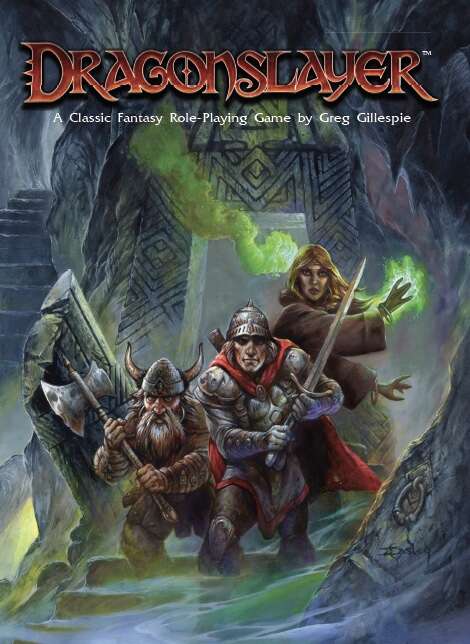
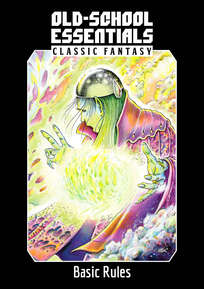
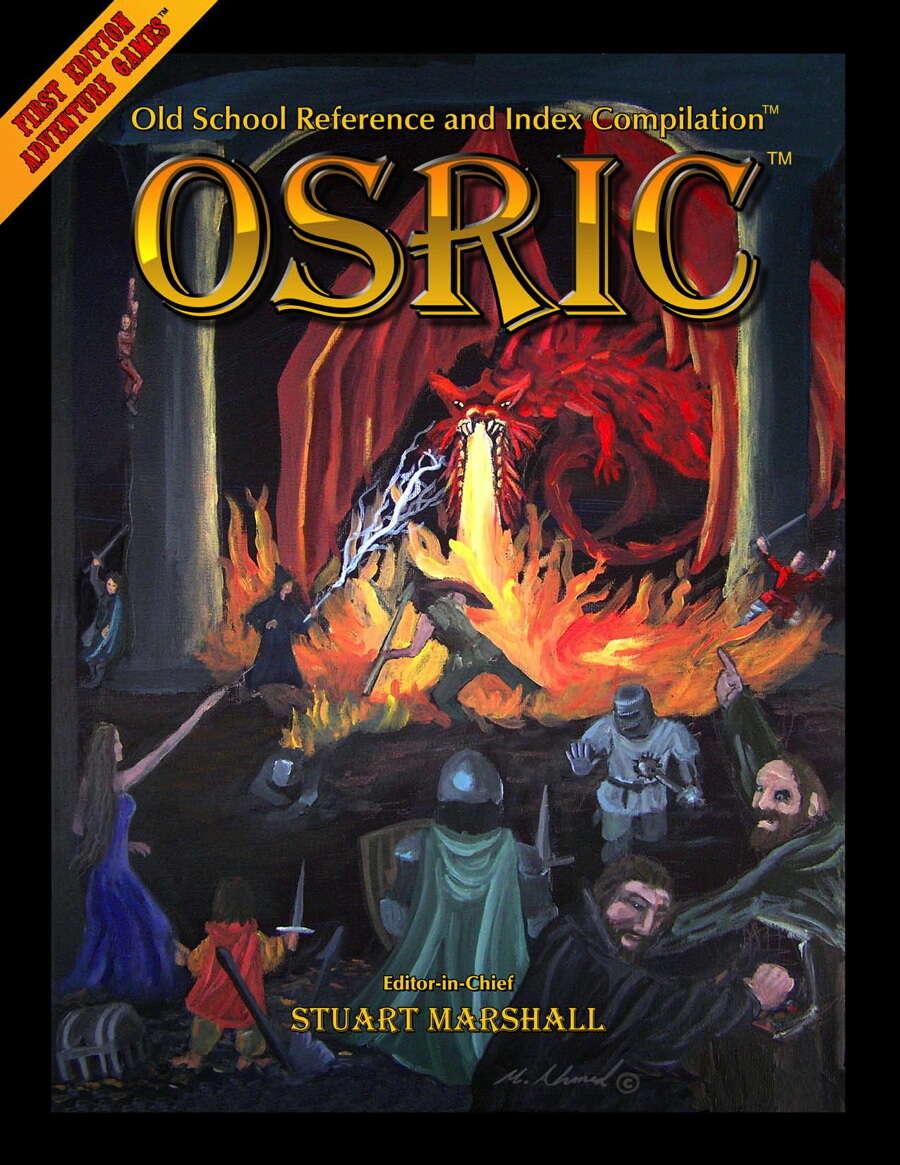
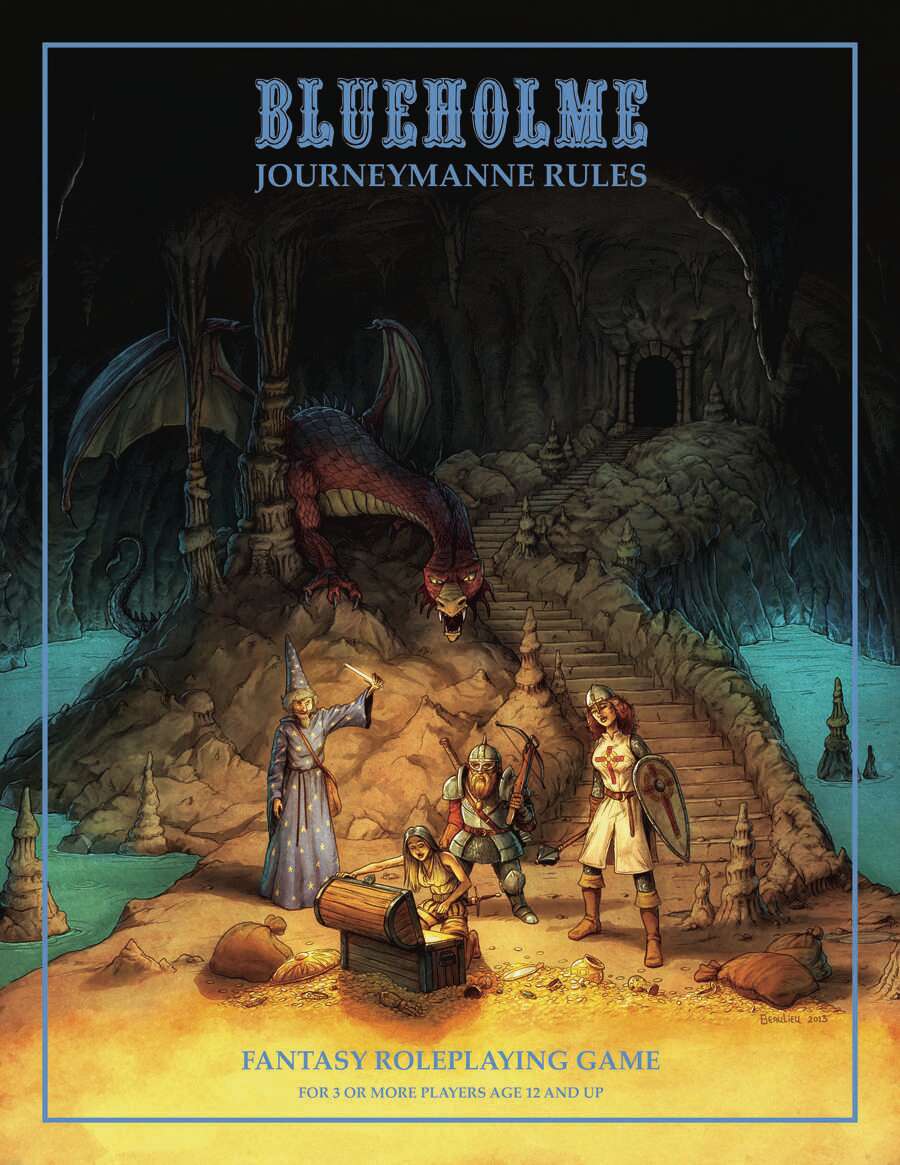
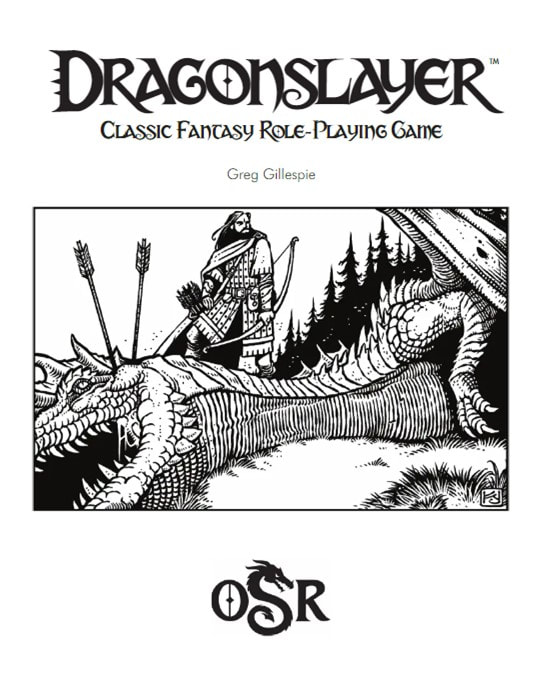
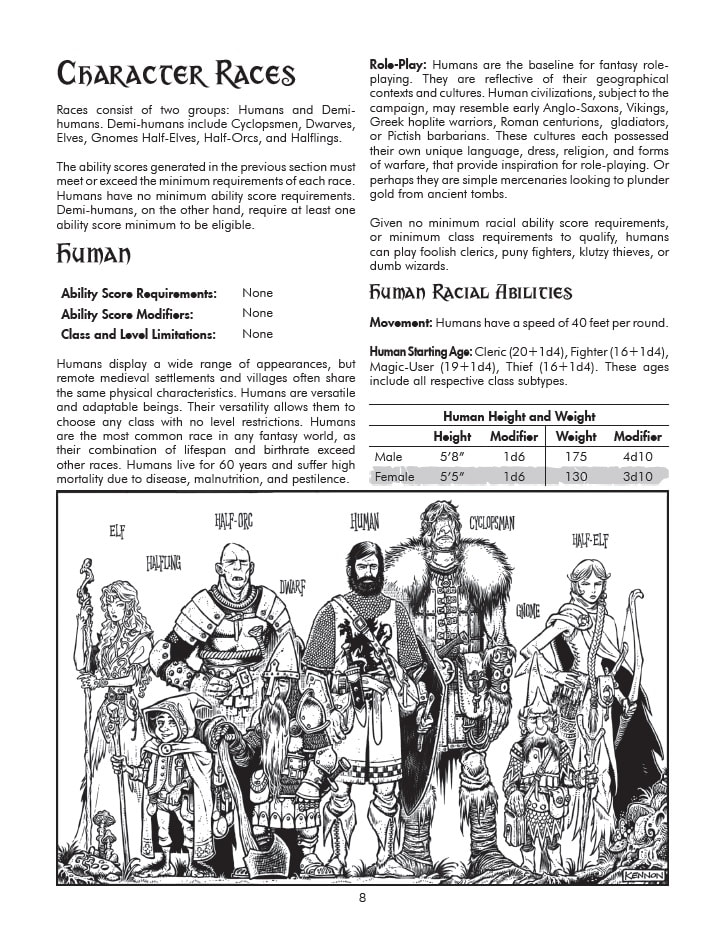
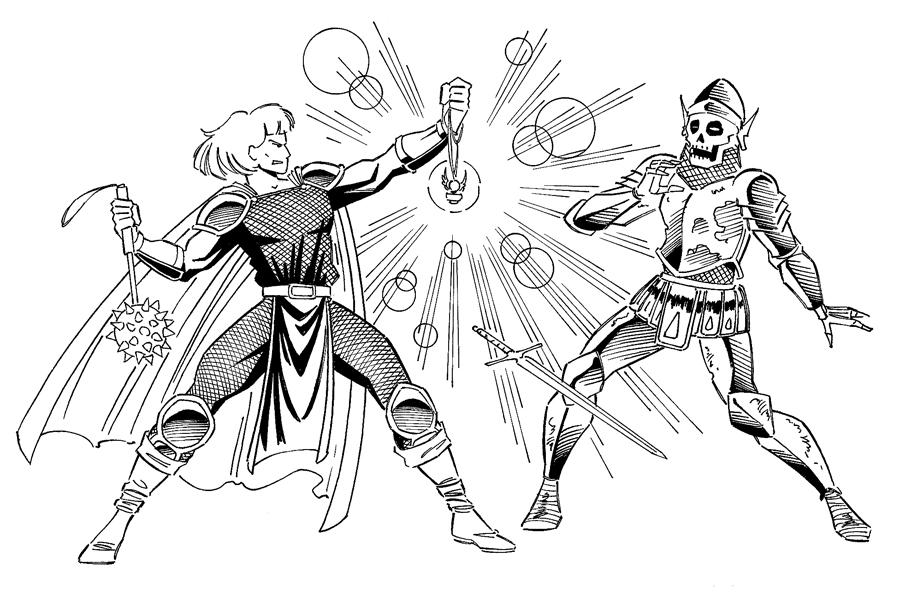
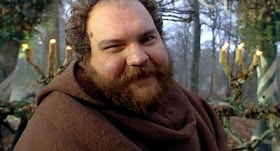
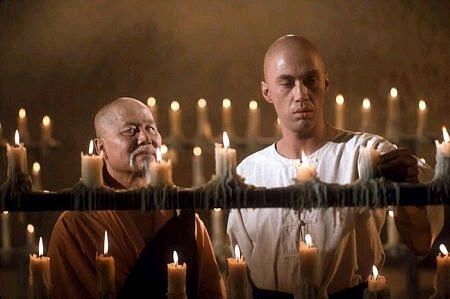
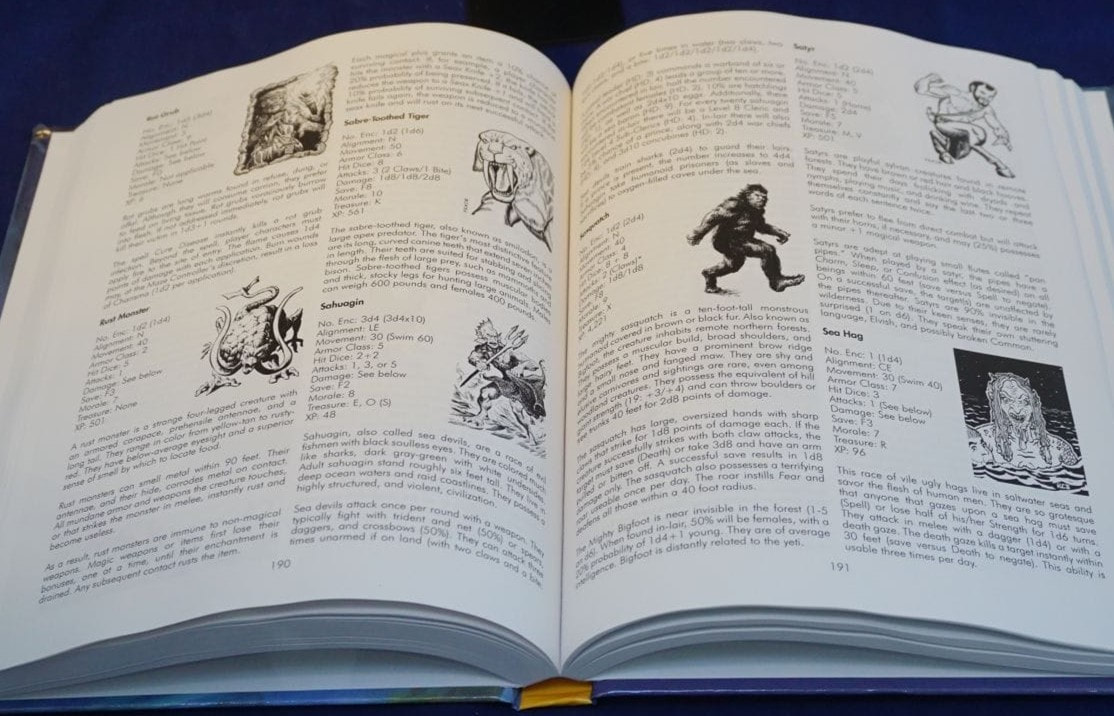
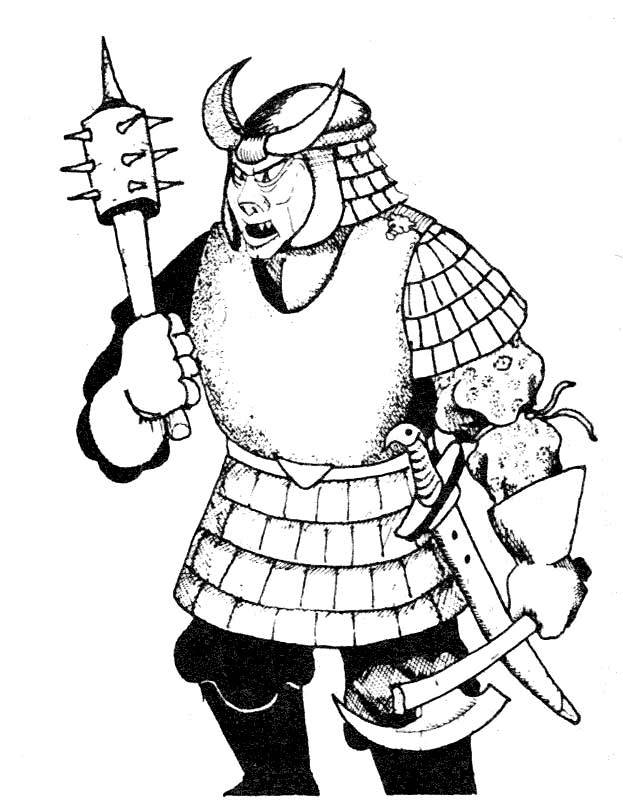
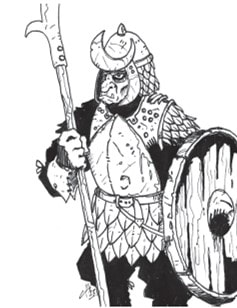
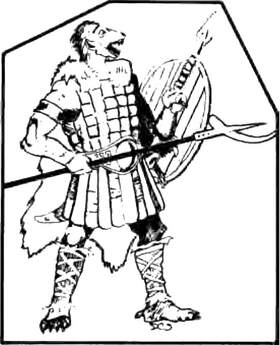

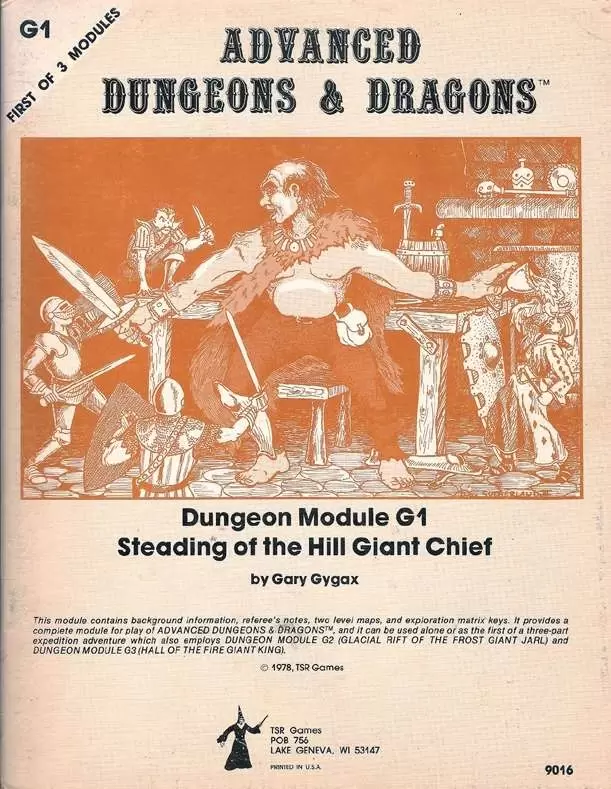
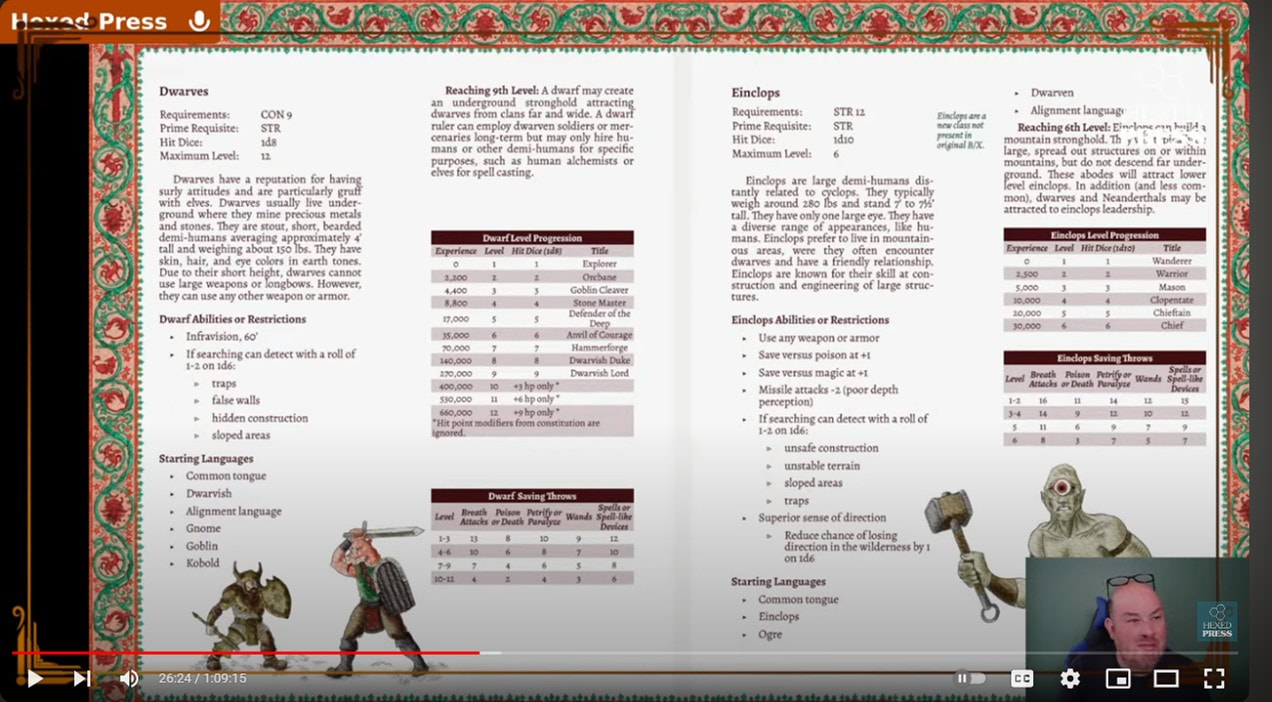

 RSS Feed
RSS Feed
